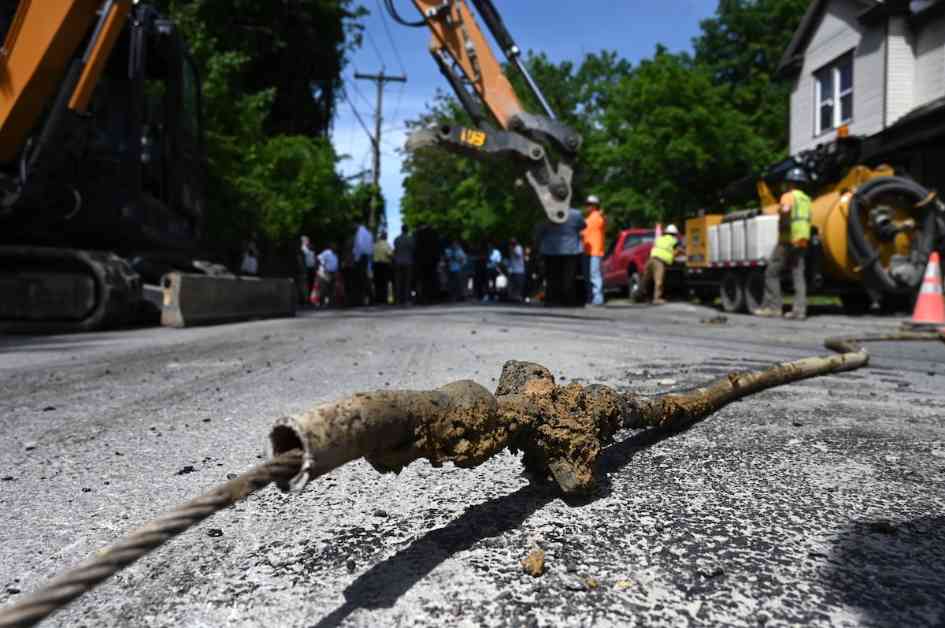In a bold move that could have significant repercussions for public health, Congressional Republicans, in conjunction with the Trump administration, are seeking to reverse Biden-era regulations mandating the replacement of all lead pipes in the United States. This initiative also aims to lower the lead limit in drinking water. The revised public health standard, a key feature of the Biden administration’s water safety rule, stands as a critical measure to combat the pervasive threat of lead contamination in water systems nationwide.
Republican Efforts to Repeal Biden-Era Lead Pipe Protections
Under the Biden administration, federal funding was allocated to aid lead pipe removal through the Infrastructure Investment and Jobs Act. However, Congressional Republicans have set their sights on dismantling these critical protections, which include the Lead and Copper Rule Improvements (LCRI). This rule not only mandates the replacement of lead pipes but also enforces stricter testing of drinking water and lowers the threshold for communities to take action against lead exposure in their water.
Republicans are attempting to repeal the LCRI using the Congressional Review Act (CRA), a mechanism allowing Congress to overturn certain federal agency actions. This repeal effort has been met with widespread concern from environmental advocates and public health experts due to the potentially devastating consequences of prolonged lead exposure. Lead contamination in drinking water can lead to a host of serious health issues, particularly in children, including developmental disorders, lower IQ scores, and damage to blood cells and nervous systems.
Expert Insights and Public Backlash
Environmentalists and public health experts have been vocal in their opposition to the Republican-led efforts to reverse lead pipe protections. Erik Olson, a senior adviser at the Natural Resources Defense Council (NRDC) Action Fund, condemned the Trump administration’s stance on lead poisoning, stating that it sends a troubling message to communities across the country. Lead exposure disproportionately affects children of color and those from disadvantaged backgrounds, further exacerbating existing health disparities.
The NRDC conducted a survey revealing that 90 percent of respondents supported lead replacement rules, reflecting a widespread public sentiment in favor of safeguarding communities from the dangers of lead contamination. Betsy Southerland, a former water office manager at the EPA, expressed dismay at the potential consequences of repealing the LCRI, emphasizing the urgent need to address lead pipe infrastructure nationwide.
As Congress considers the fate of the Lead and Copper Rule Improvements, the stakes are high for millions of Americans who could face continued exposure to lead-contaminated water if these protections are dismantled. Lead service lines remain a significant source of lead contamination in drinking water, with an estimated nine million homes still receiving water through hazardous pipes. The EPA has underscored that there are no safe lead levels in drinking water, highlighting the urgency of addressing this critical public health issue.
In conclusion, the ongoing debate over lead pipe protections reflects a broader struggle to safeguard public health and environmental quality in the face of political challenges. The outcome of these legislative efforts will have far-reaching implications for communities across the country, underscoring the need for proactive measures to address the enduring threat of lead contamination in our water systems.









![Local Residents vs. Solar Farms: Community Opposition in [County Name] local-residents-vs-solar-farms-community-opposition-in-county-name](https://ctenews.com/wp-content/uploads/2024/12/local-residents-vs-solar-farms-community-opposition-in-county-name-324x160.jpg)




